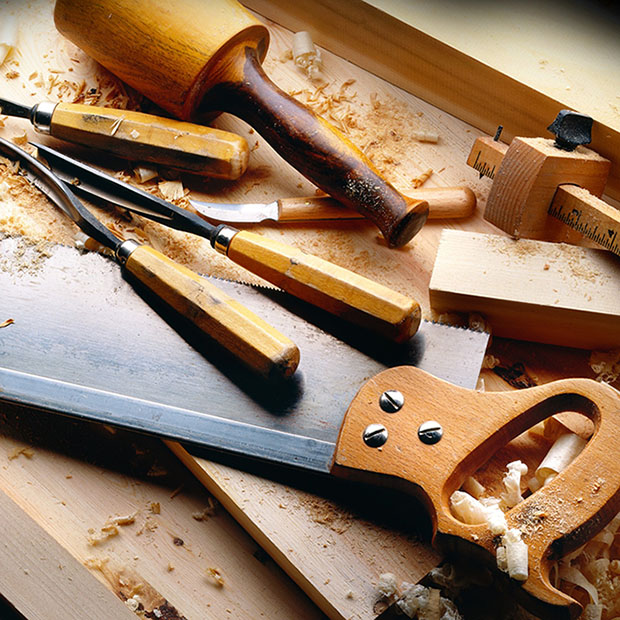Good Home Eye Safety Practices

Nearly half of all eye injuries each year occur in the same place: the home.
That’s over a million eye injuries per year happening in the place where we should be safer than anywhere else! Fortunately, 90 percent of eye injuries are preventable, and there’s a lot we can do to minimize the risk of home eye injuries.
Common Home Eye Safety Risks
Innocent household items like pens, pencils, and the corners of furniture can become eye hazards in an accident. The biggest culprits of home eye injuries, though, are cleaning chemicals and toys with small parts. Even cooking can put our eyes in danger if we lean in too close to a skillet of hot oil.
There are plenty of dangers outdoors as well. Lawn mowers fling debris in every direction, as do some gardening and work tools. Chemicals we use on our lawns and gardens, like pesticides, herbicides, and fertilizers, are also significant hazards.
Five Simple Tips for Home Eye Safety
- Wear proper safety glasses or goggles whenever exposed to projectiles (such as wood chips, shavings, and dust), chemicals, radiation, or electricity.
- Remove tripping hazards from your home, secure rugs, and make sure any stairways are equipped with adequate lighting and handrails.
- Check your yard for any debris before mowing, because mowers and weed wackers can catch and fling items left on the lawn at dangerous speeds.
- Do not mix chemical agents and always be read any warnings and guidelines on the labels. Don’t touch your eyes while using any type of chemical cleaner, and always wash your hands afterward.
- Store tools and cleaners in a safe place where they cannot be disturbed by children or pets.
Eye Injury First Aid and Emergency Plans
Even if we take every precaution, accidents can still happen. The most common types of eye injuries are a foreign substance in the eye, a foreign object in the eye, and foreign body penetration of the eye. For the latter, seek immediate medical attention. Don’t try to remove the object and don’t touch the eye. Cover it with a rigid shield (like a paper cup) to keep it from being disturbed while you get to the emergency room.
For foreign objects in the eye, it’s still a good idea to avoid touching it and get to the hospital quickly, because it could be worse than it looks. In the short term, foreign objects can often be flushed out with water. In the case of a foreign substance in the eye (such as harmful chemicals), flushing with water for 20 minutes can wash it away and minimize the effects.
Bring Us Your Eye Safety Questions
We are happy and eager to educate our patients on good eye safety practices and precautions. Whether you need recommendations for the best protective eye gear, how to make your home safer for curious young children, or what to do in an emergency, we can help!

